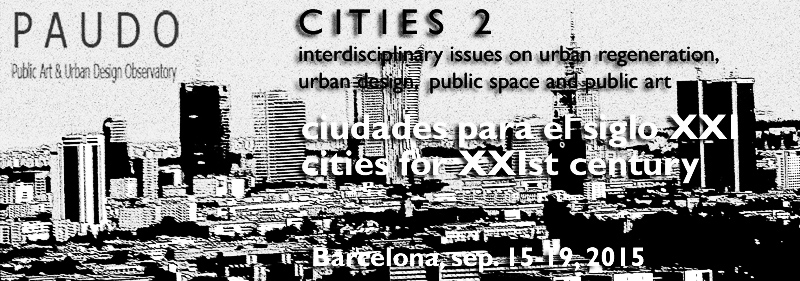
A. Santos Nouri
Today, it is consensus that one of the key objectives of contemporary urban design is to ensure the quality of urban public spaces. When „successful‟ these spaces serve as beacons of social-economic affluence, and are able to significantly contribute to the quality of life within cities. For this reason, and just before the turn of the century, the interrogation of what made a public space „successful‟ raised significant discussion by institutions such as the Project for Public Spaces (PPS), and authors such as (Whyte, 1980, Gehl, 1987, Carmona, 2003).
Meanwhile, and with the emergence of the climate change adaptation agenda, the effects of urban climatology have increasingly elucidated the need for climate responsive environments. When accounting for climatic projections, this is an interest that shall unequivocally grow along with the effects of climate change during the XXI century. This paradigm is one that raises new considerations for urban design, and one that can question the very definition of a "successful‟ public space.
This paper explores how local bottom-up adaptation can introduce new generic design considerations, and how such reflections can be incorporated into approaches such as the "The Place Diagram‟ developed by the PPS. Along these lines, the word "successful‟ shall be viewed as a reflection beyond existing or past conditions, and one which can raise new future awareness into the scope of public space design.
<<